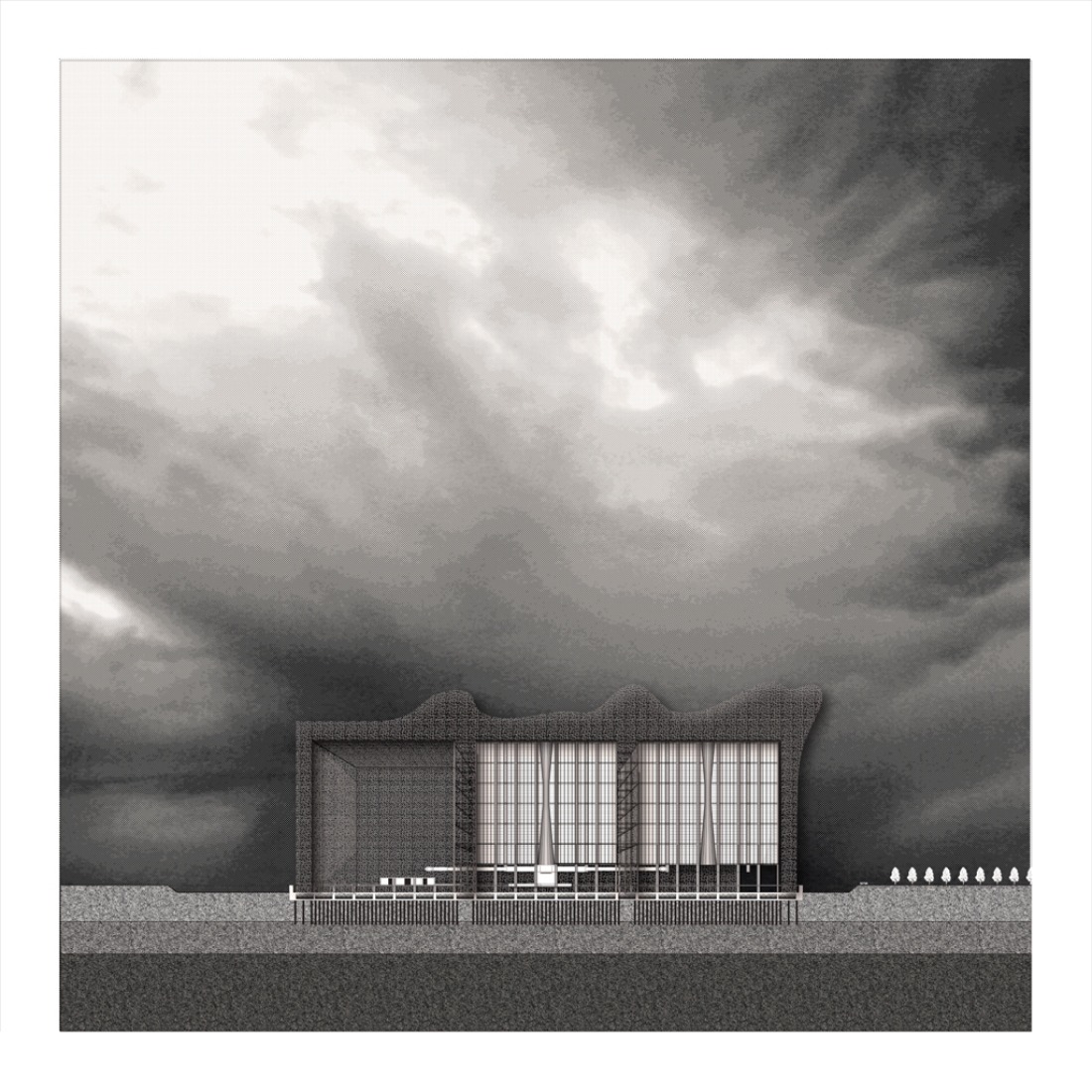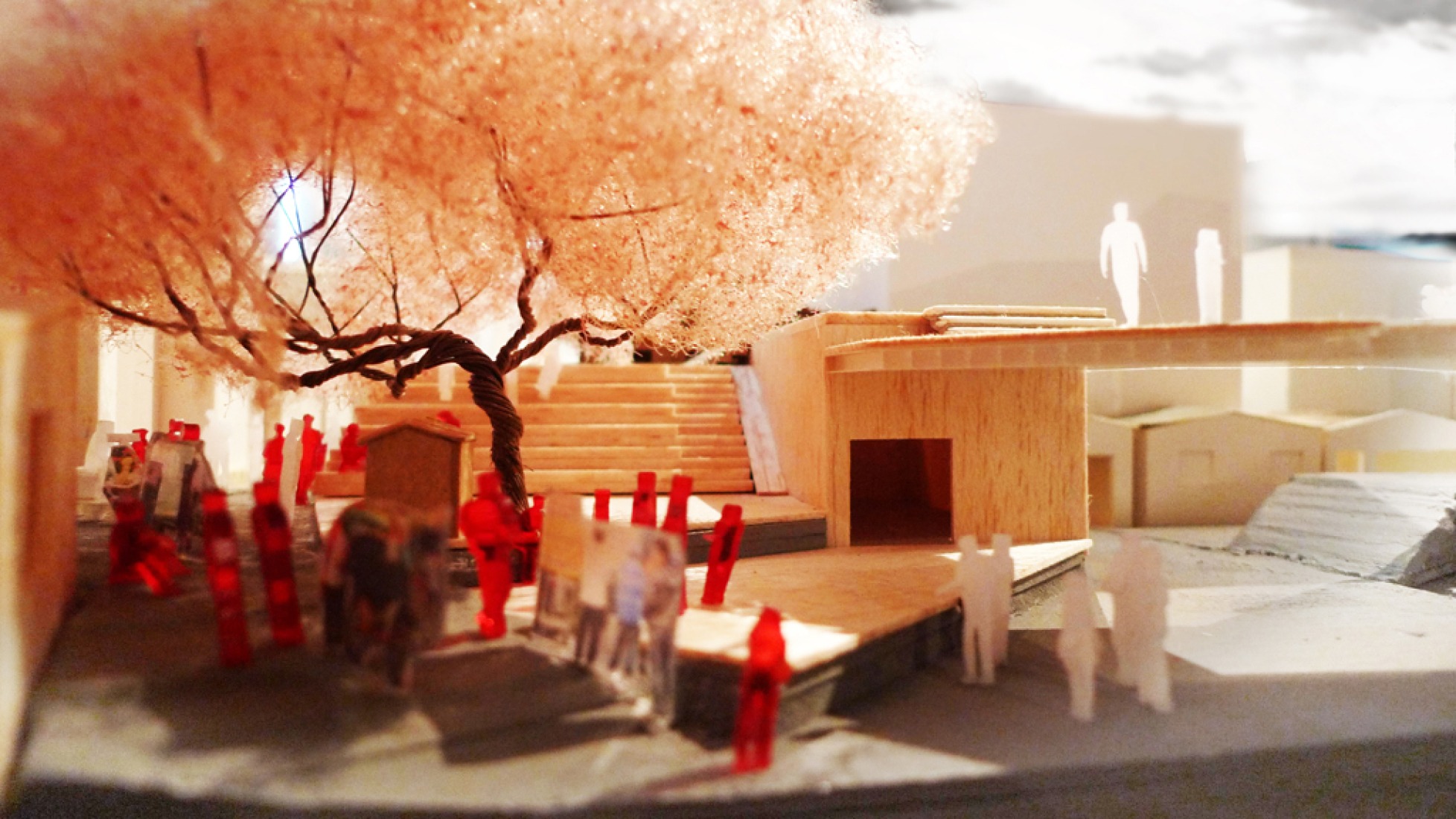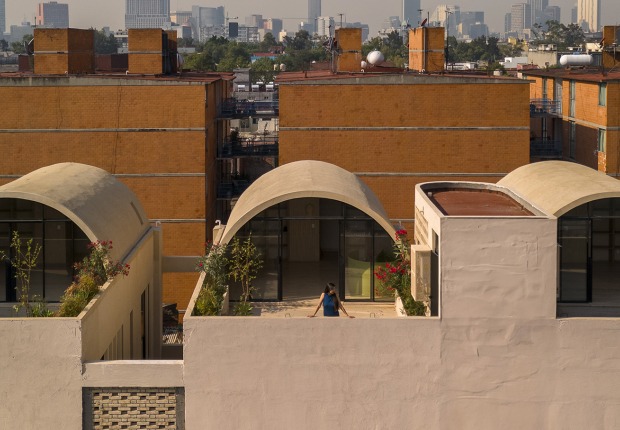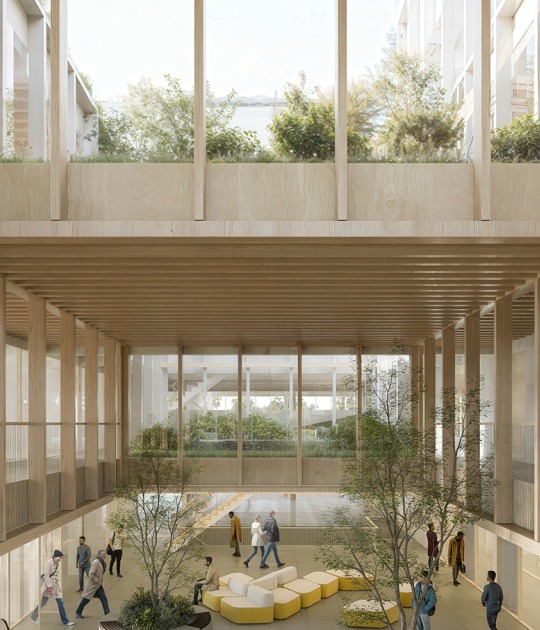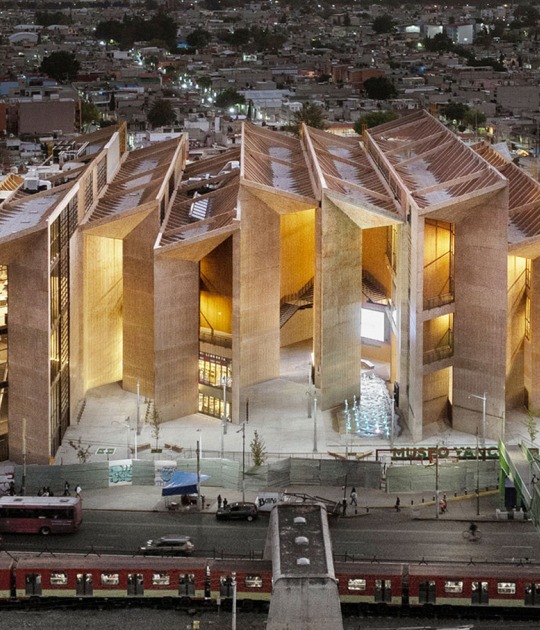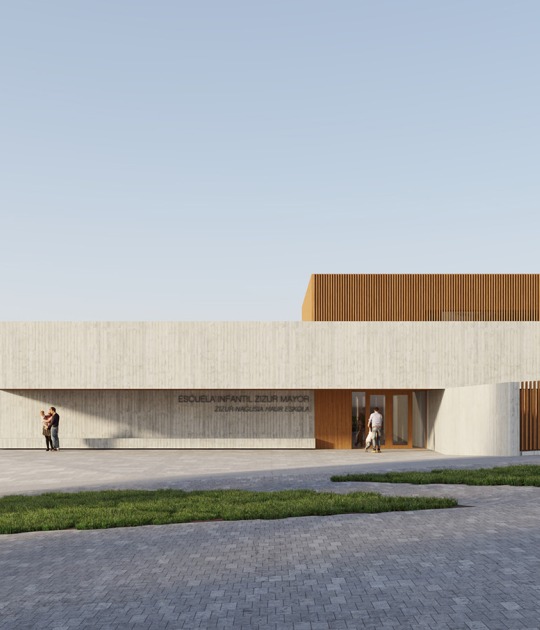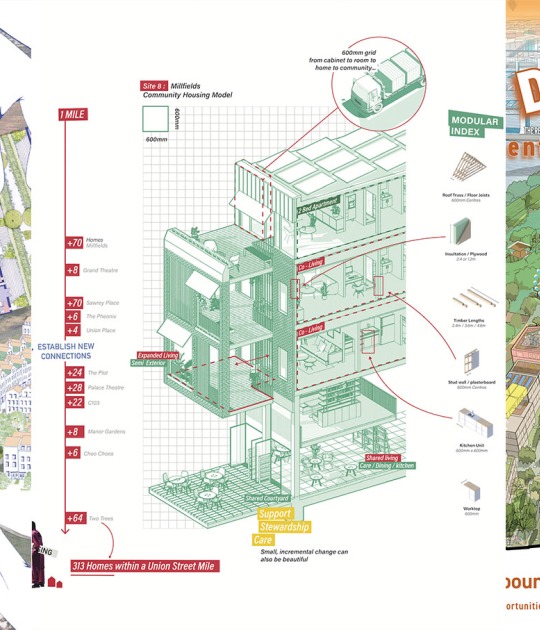A product of London Metropolitan, RARA was started by two of its students, Sam Potts and Joe Swift, runner up of the contest. After setting it up, both Potts and Swift gravitated towards Robert Mull’s and Peter Carl’s ‘free unit’, where students generate their own briefs and have to enact them in the real world. At its most basic description, RARA is, says its website, ‘a flexible project work space established in Clapton, London’. But beyond that, it operates as a piece of professional and social infrastructure to make small projects happen.
Following the publication of the winning project, here are the work of three of the finalists and shortlisted. Soon we will show the high level of other proposals shortlisted.
Almudena Cano Piñeiro sought to improve the public space and infrastructure of the Pols of Ahmedabad while being respectful of their architectural heritage. Combining a mapping of traditional daily activities with a catalogue of technical tools - from structural systems, climate control mechanisms and low-cost recycling technologies - the proposal creates a kit of parts that can be used to make adjustments to the fabric.
Set on the historic island of Chijin, Taiwan, the project of Yang Yung Chen attempts to reconcile the disruptive arrival of a casino-based tourist development with the island’s long-established fishing community. To this end a vacant plot of land is identified as a suitable location for a school extension; an unassuming architectural typology conceived as the most effective of social condensers.
To Royal College of Art student Simon Moxey Slough is on the up. ‘In July, Slough became the European entry point for the first transatlantic fibre-optic cable laid since the dotcom boom,’ he beams. ‘This new cable will shave five milliseconds off the time it takes to make a trade between Europe and New York.’ And while this may seem finical and trifling, to high-frequency trading firms the principle of ‘time is money’ needs a finer measure than grains of sand, with each millisecond apparently having million-dollar implications.








